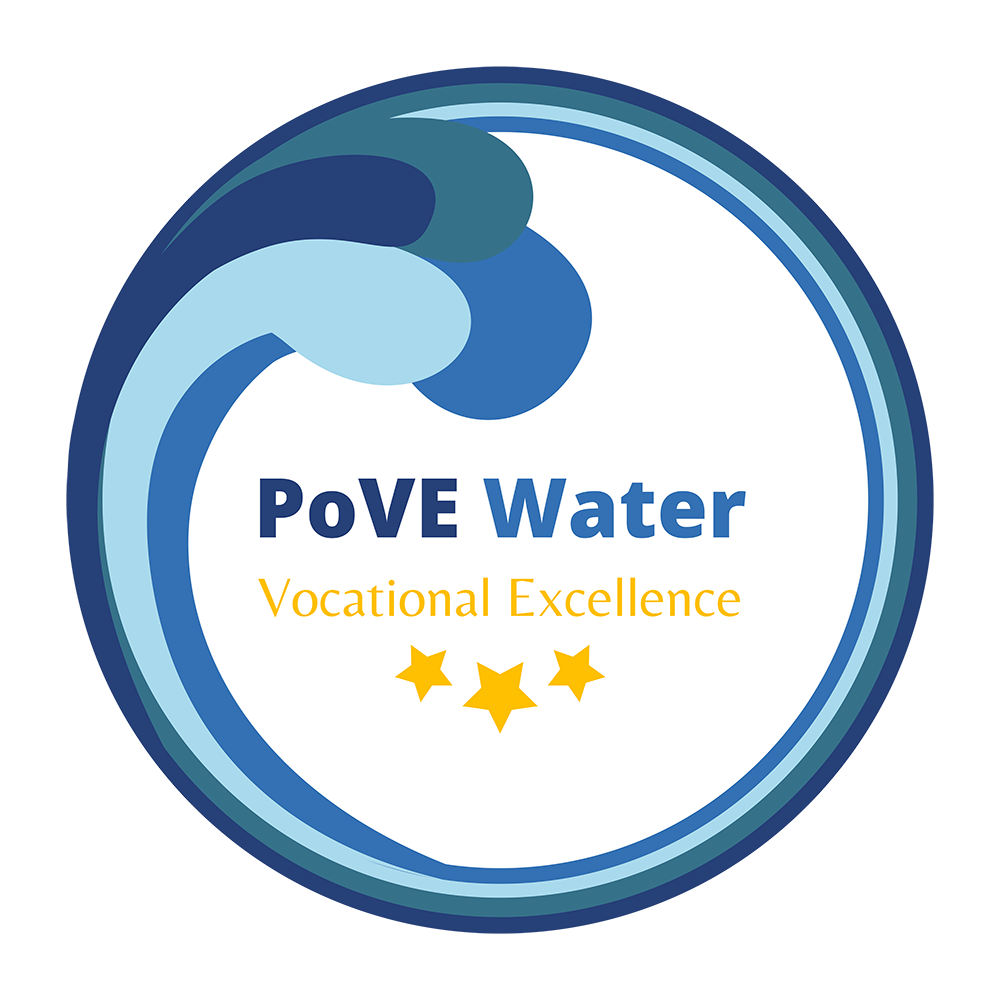In order to structure the development of your Center of Vocational Excellence, the Business Model Canvas is a useful tool. With this instrument, you will be able to map all essential elements of your Center of Vocational Excellence in a visible way. The instrument proves to be very functional in catering the conversation between organisations or persons from different backgrounds, such as education, business or government.
In this phase you will collect information about your skills ecosystem, answering questions like:
- Which stakeholders are active in the skills ecosystem? How do they relate to each other?
- What are developments in my skills ecosystem?
- What are the characteristics of the stakeholders in my skills ecosystem?
- What are the needs of the stakeholders in my skills ecosystem?
- What is the ‘why’ or reason of existence of my Center of Vocational Excellence?
- What information do I already have and what are my knowledge gaps?
Outcomes of this phase are:
- An overview of all stakeholders, including the key partners for the Center of Vocational Excellence
- A list of needs of the skills ecosystem, that feed into the value proposition of the Center of Vocational Excellence, checked and validated with the stakeholders

Tools to use:
Developing your Business Model Canvas and empathy mapping
In the second phase, you start developing your Business Model Canvas, identifying the target groups of your Center of Vocational Excellence, like students, teachers, SMEs, etc.
For each of the target groups, you develop an empathy map. With this tool you gain a more intimate understanding of the people who will benefit from the activities in your Center of Vocational Excellence.
Outcomes of this phase are:
- An overview of your target groups
- An empathy map of each of your target groups

Tools to use:
Start working on the proposition of your Center of Vocational Excellence & define building blocks
Based on the information you gathered in the previous two phases you will now start translating the needs from the skills ecosystem into concrete actions, the propositions of your Center of Vocational Excellence.

The activities can be categorized in six so-called building blocks for public-private partnerships.

Outcomes of this phase are:
- A list of needs, translated into concrete propositions and activities
- An overview of the key resources and partners needed to execute those activities
 |
Tools to use:
Matching your activities with your target groups
In order to execute the activities you have identified in phase 3, you need to communicate with your target groups. On the one hand to inform them about the activities, on the other hand to ensure that the activities are in line with their needs whilst you develop them.
You can use a combination of the following workshops to do so:
- Workshop ‘how to involve SMEs’, on how to involve more SMEs in your public private partnership.
- Workshop ‘Storytelling’, on how to tailor your story to your audience?
- Workshop ‘Communication strategies’, on how to choose the right communication strategy, fitting your target group.
- Workshop ‘account management’, on how to manage your stakeholders
Outcomes of this phase are:
- Warm relations with your target groups
- Insights in how to engage with your different target groups, resulting in approach strategies that fit the characteristics of the target group
 |
Tools to use:
Development of your Center of Vocational Excellence
In this phase you focus on the organizational aspect of your Center of Vocational Excellence. You know what your propositions, activities, partners and target groups are. Based on this information, you can now develop cooperation agreements, outlining the roles of the various partners and the envisioned activities.

Within a platform of Centers of Vocational Excellence, such as the Platform of Vocational Excellence Water, regions can be in various phases of development or maturity. In order to appreciate these differences and ensure the mutual learning between the various Centers of Vocational Excellence, the Phase Model by Bell Mason can be a useful tool. It distinguishes five different phases of development
Outcomes of this phase are:
- Signed cooperation agreements
- Action plans for your activities
- Insights in how to engage with your different target groups, resulting in approach strategies that fit the characteristics of the target group
- Insight in the cost structure and revenue of your activities.
Tools to use:
Continue developing your Business Model Canvas
Continue developing your Business Model Canvas based on all the previous phases: for the Center and for the activities in the building blocks. Continue to share the Canvas with peers and network partners to validate, for feedback and to involve them in the ongoing development.
Outcomes of this phase are:
- Validation of activities and proposition of your Center
- Adjustments to the Canvas
- New activities
Tools to use:
Peer reviews
Working on a Center of Vocational Excellence is not a straight forward task. The Peer review model is a structured way of both sharing the inner workings of your partnership with 2 or 3 other Centers of Vocational Excellence and looking behind the scene at other partnerships to see what works for them. The power of this method lies in sharing knowledge, experiences and insights, with a focus on mutual learning
Outcomes of this phase are:
- Feedback on your own Center of Vocational Excellence by peers from other Centers
- Shared knowledge, experiences and insights from other Centers of Vocational Excellence, that can serve as input for your own Center.
Tools to use:















